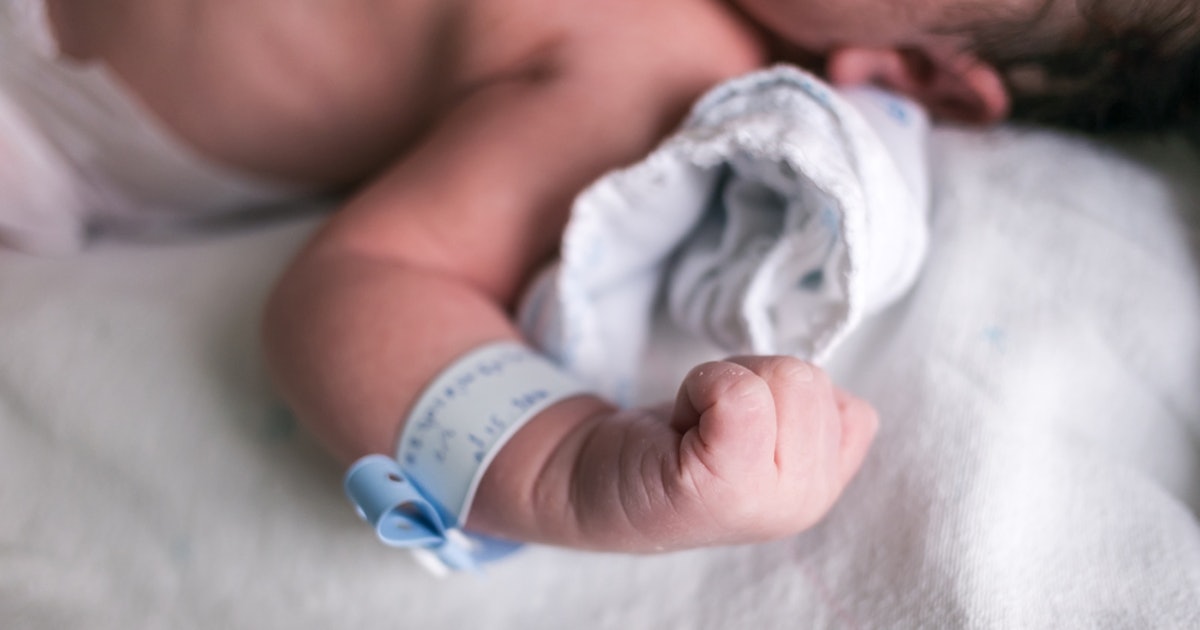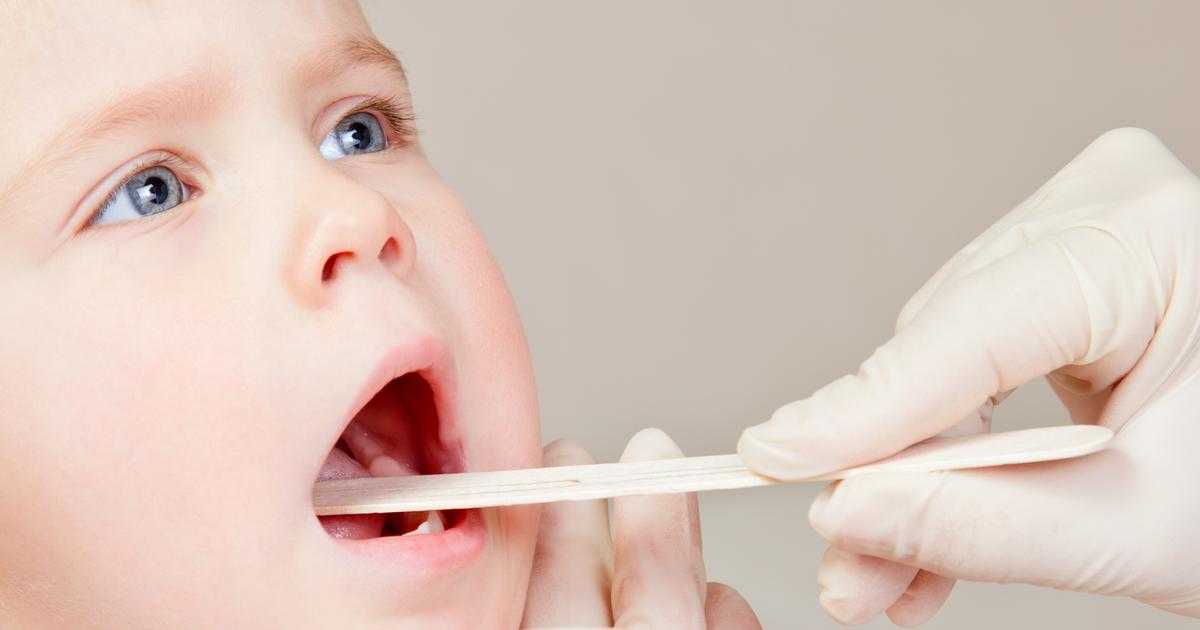Symptoms, Causes, And Treatment Of Thrush In Babies
Risk Factors And Prevalence

We know thrush is more likely to occur in babies due to their reduced, weak immune systems. Certain medical conditions, such as diabetes, oral infections, and vaginal yeast infections in the mother all increase a baby's risk of developing thrush. The condition is most common in the first six months of a baby's life, but it can occur later as well. Medications that disrupt the natural balance of microorganisms in the body, such as antibiotics and corticosteroids, also make thrush more likely to develop. Thrush is not uncommon in babies, but a doctor should be seen when symptoms are detected.
Uncover the details regarding the symptoms of oral thrush now.
Oral Thrush Symptoms

Although many babies are not bothered by thrush, some may become unsettled or have trouble feeding due to a sore mouth. Physical symptoms of oral thrush include white patches or velvety lesions that develop on the tongue, lips, roof of the mouth, on the inner cheeks and tongue, or anywhere inside a baby’s mouth. These white patches look a bit like an ulcer and do not rub off when wiped. An infant may also develop lesions or a white rash underneath the chin where milk and other fluids tend to accumulate during feeding.
Continue reading to reveal the symptoms of a thrush diaper rash next.
